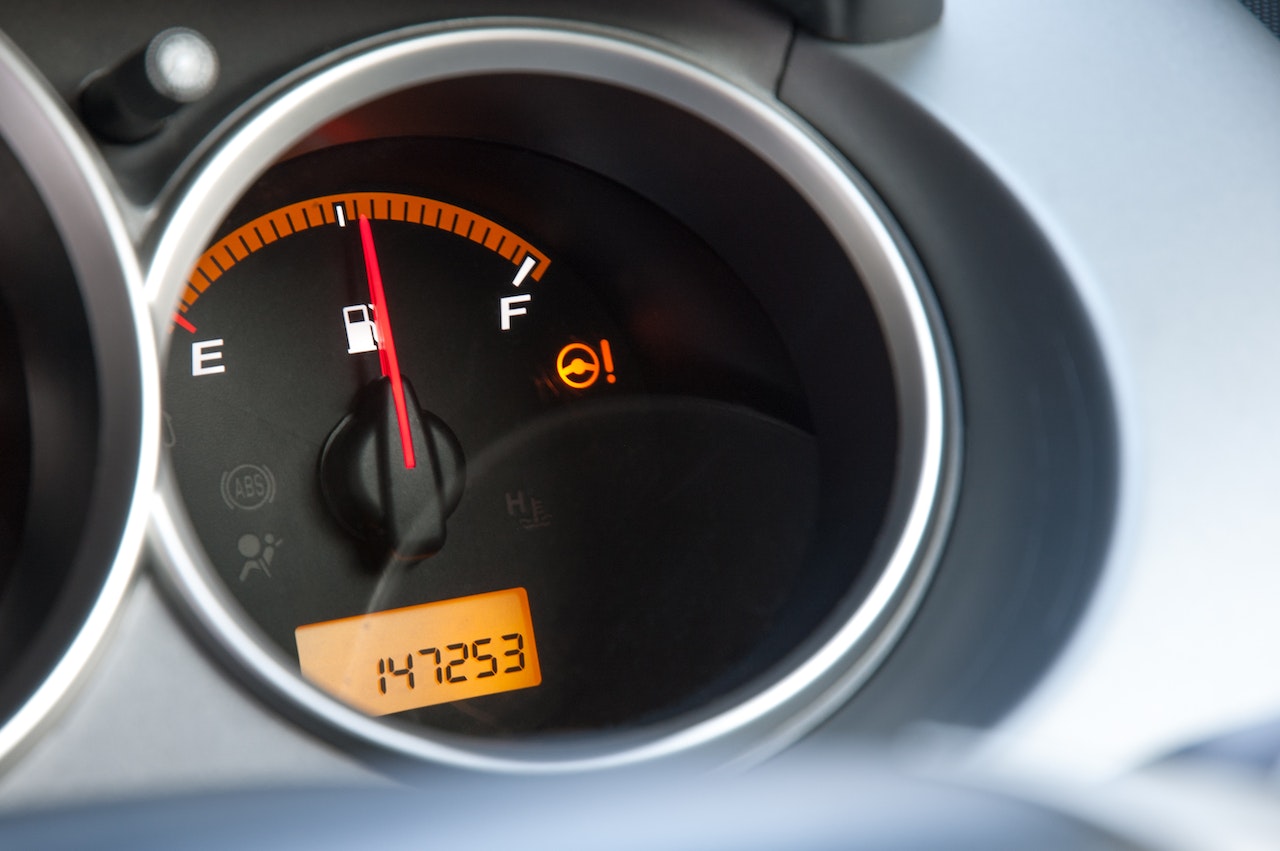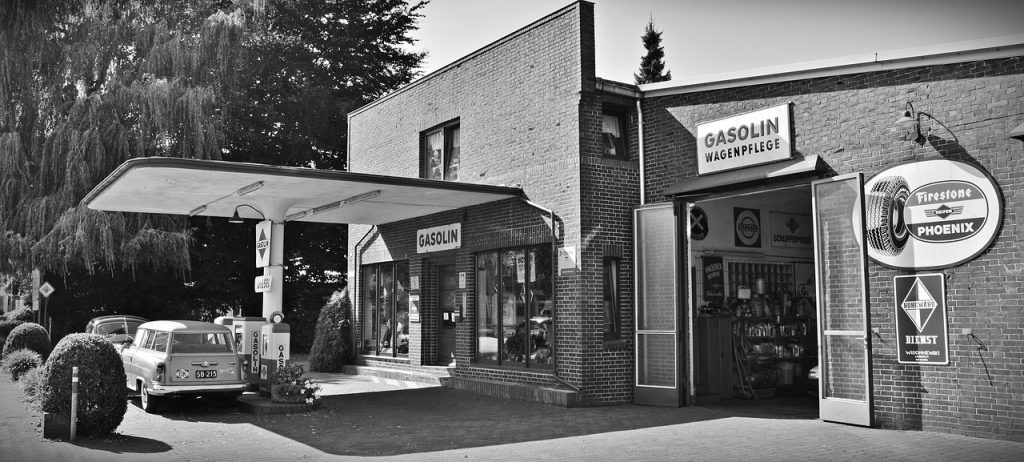AdBlue is a widely used additive to reduce harmful emissions from diesel engines. Despite its widespread usage in the automotive industry, many people still have questions about AdBlue fluid – what it is, how it works, and what to do if there’s a problem with their vehicle’s AdBlue system. In this blog post, we will explore the ins and outs of AdBlue fluid, its importance in reducing vehicle emissions, and the steps to take when you have AdBlue in fuel.
What Is AdBlue Fluid?
AdBlue is a high-purity aqueous urea solution comprising 32.5% urea and 67.5% deionised water. It is a registered trademark owned by the German Association of the Automotive Industry (VDA). AdBlue fluid is used in vehicles with a selective catalytic reduction (SCR) system to reduce harmful nitrogen oxides (NOx) emissions from diesel engines.
How Does AdBlue Work?
The SCR system works by injecting AdBlue fluid into the exhaust stream of a diesel engine. When the fluid comes into contact with the hot exhaust gases, it breaks down into ammonia and carbon dioxide. The ammonia then reacts with the nitrogen oxides present in the exhaust gases, converting them into harmless nitrogen gas and water vapour.
Why Is AdBlue Important?
AdBlue plays a crucial role in reducing harmful emissions from diesel vehicles. The use of AdBlue and SCR technology allows vehicles to meet increasingly stringent emission standards set by governments and regulatory bodies worldwide. By using AdBlue, diesel vehicles can significantly reduce their NOx emissions, contributing to cleaner air and a healthier environment.
How Is AdBlue Used?
AdBlue is stored in a separate tank in vehicles equipped with an SCR system. The fluid is automatically injected into the exhaust system as needed, based on engine control unit (ECU) information. The ECU monitors factors such as engine load, speed, and temperature to determine the appropriate amount of AdBlue fluid to inject.
Having Professionals Fix The Problem When You Have AdBlue in Fuel
AdBlue is not a fuel additive and should never be added to your vehicle’s diesel fuel tank. Doing so can cause severe damage to your fuel system and engine. Do not start your engine if you accidentally fill your diesel fuel tank with AdBlue. Instead, contact a professional mechanic or your vehicle manufacturer’s support team for assistance.
Attempting to fix this problem on your own may result in further damage to your vehicle and costly repairs. A professional mechanic has the knowledge, experience, and equipment necessary to safely remove the AdBlue from your fuel system and ensure that no lasting damage has been done.
In some cases, the contaminated fuel may need to be drained, and the fuel system may require a thorough cleaning. Additionally, any affected components, such as fuel pumps or injectors, may need to be replaced. A professional mechanic will be able to assess the situation and perform the necessary repairs to get your vehicle back on the road.
Conclusion
AdBlue fluid plays a vital role in reducing harmful emissions from diesel engines and improving air quality. Understanding its function and usage is essential to ensure that your vehicle’s SCR system operates effectively. Should you ever accidentally put AdBlue in fuel, it is crucial to trust professionals to address the problem safely and effectively. Investing in professional help will save you time, money, and potential damage to your vehicle in the long run.
Did you accidentally put AdBlue in the fuel tank? Fuel Fixer is here to help! Our local mobile unit is on call now to get you going again. We’re the leading wrong fuel specialists in the area. Our team of experts will quickly and safely extract the AdBlue from your tank and get you back on the road in no time. Contact us today!

